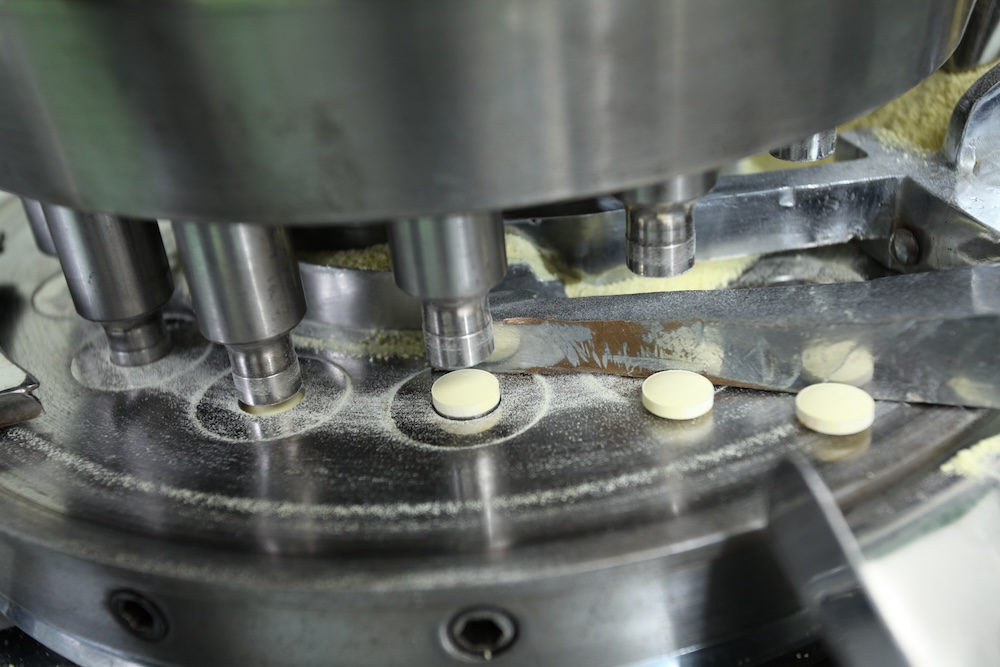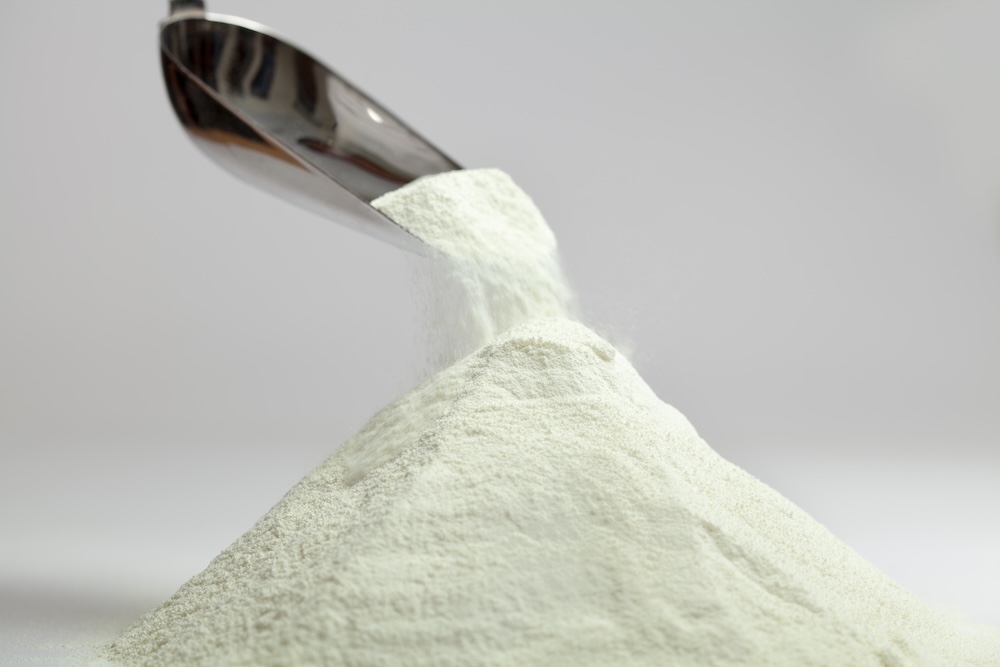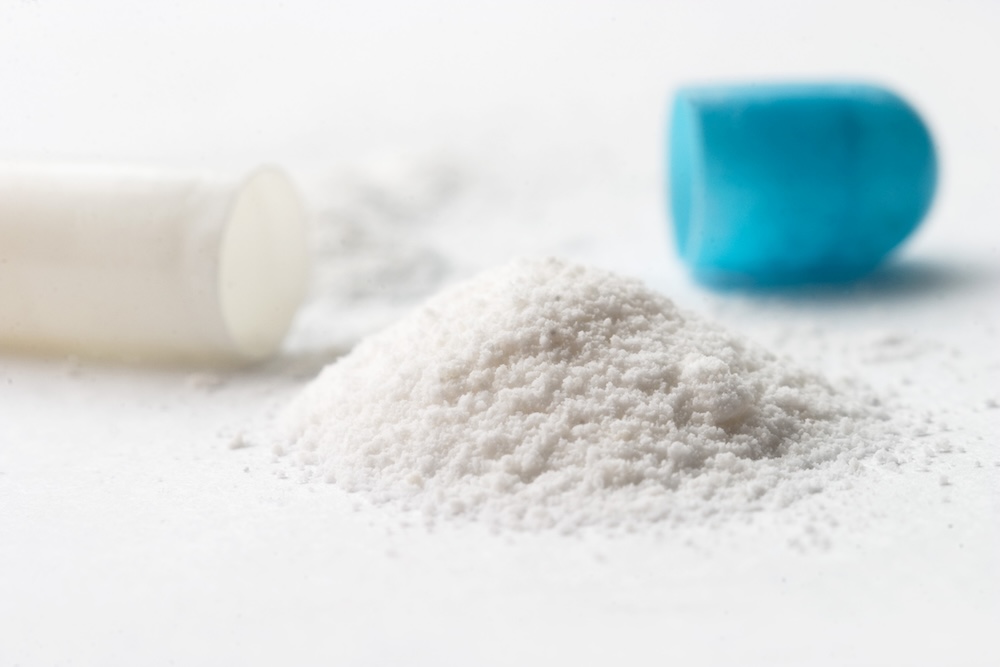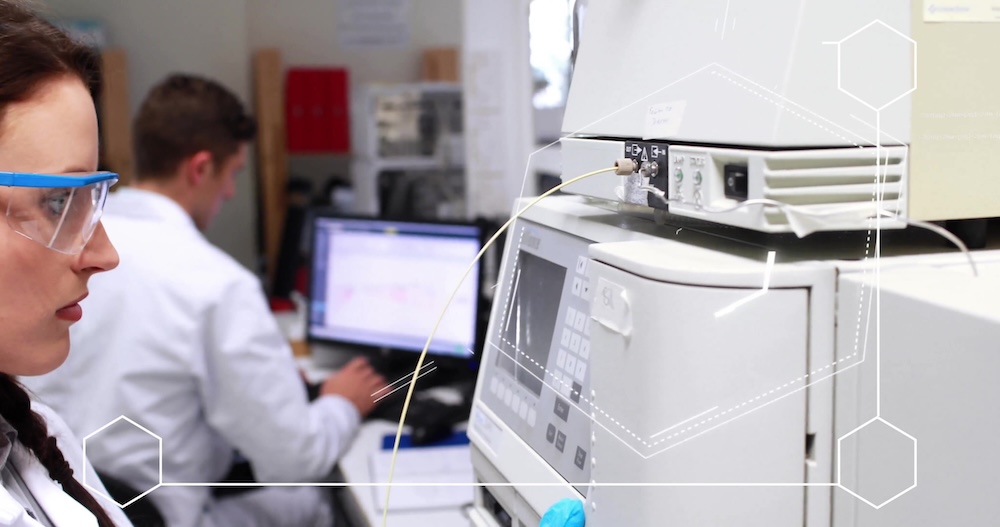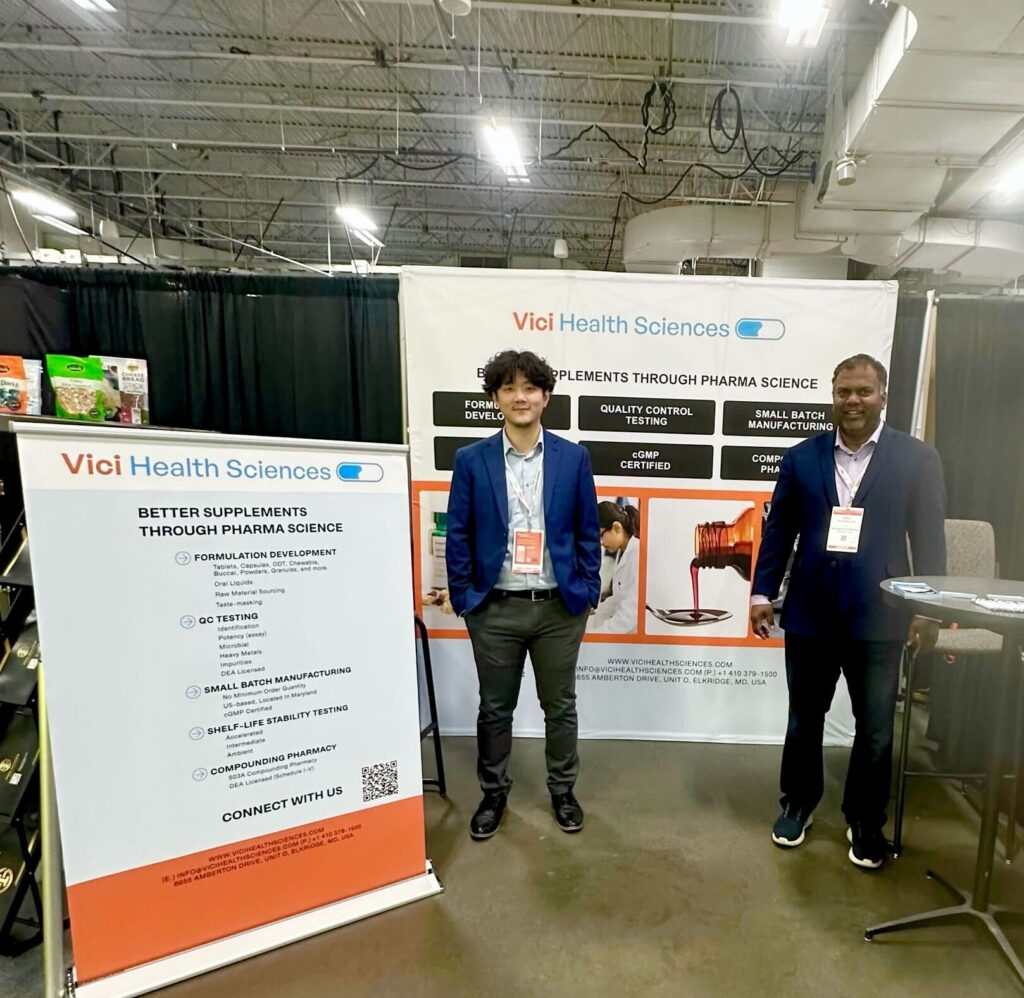Peptides are commonly used to treat diabetes, obesity, and metabolic disorders. These days, they are also being explored for cancer therapy because they can target specific cells and pathways in the body. Many drugs, including GLP-1 receptor agonists like Semaglutide and Tirzepatide, are examples of peptide-based treatments that have really shown a lot of potential.
With that being said, developing peptides can be tricky because they degrade easily and are incredibly sensitive to environmental conditions. This is where analytical testing for peptide formulations becomes essential. It helps confirm that peptide-based drugs meet the high standards for safety and effectiveness.
Why Analytical Testing for Peptides Matters
Peptides are delicate and can easily become compromised if you aren’t careful. This is why analytical testing during formulation development is so important. Without this testing, it can prove to be much more difficult to detect the impurities that may be in peptide drugs.
This kind of testing is also necessary to prevent costly mistakes that can pose safety risks. With analytical testing, manufacturers can confirm that peptide-based drugs meet regulatory standards.
Here are some reasons testing peptide formulations is important:
- Identification: Tests confirm that the correct peptide is present in the formulation.
- Purity Testing: Several techniques can detect impurities, contaminants, or unwanted byproducts.
- Potency (Assay): The test measures the exact concentration of the active peptide.
- Stability Testing: Heat, light, and other environmental factors can make peptides go bad. Stability tests check how peptide-based formulations hold up under different conditions to help set the drug’s shelf life.
In a nutshell, analytical testing confirms that peptides stay high-quality during their development and use.
How Peptides Are Tested: Key Methods
Several techniques are used to test peptides, but the exact method depends on what needs to be evaluated, such as purity, structure, or stability.
Chromatography
Chromatography is used to separate peptide components and detect impurities. This technique includes HPLC purity analysis and size exclusion chromatography (SEC).
These methods are highly sensitive, allowing them to detect even trace amounts of contaminants.
Mass Spectrometry (MS)
Tests like molecular weight determination (LC-MS) confirm the molecular weight of the peptide. Amino acid sequence confirmation (MS/MS) verifies that the peptide’s sequence is correct. MS is especially helpful for finding impurities that co-elute (compounds that are not fully separated) during chromatography. It gives detailed molecular information in one test.
Nuclear Magnetic Resonance (NMR)
NMR provides a good amount of information regarding the structure of peptides. It’s especially valuable for studying peptide folding and interactions. These are important for understanding their biological activity.
Amino Acid Analysis (AAA)
AAA identifies the amino acid makeup of a peptide to confirm its accuracy. This technique is important for verifying the makeup of synthetic peptides and for maintaining consistency in manufacturing.
The Regulatory Guidelines for Peptide Analysis
Peptide drugs must meet some strict regulations as set by global health authorities like the FDA, ICH, and EMA. This guarantees safety and effectiveness. For example, the FDA’s guidance on peptide drug products shows why it is important to study how they behave in the body (pharmacokinetics) and interact with other drugs, among other factors.
Additionally, method development must follow Good Manufacturing Practice (GMP) standards to make procedures reliable and consistent. Here are important regulatory considerations to keep in mind:
- Validation of Analytical Methods: Testing methods must be validated for accuracy, precision, and robustness to confirm they are suitable for their intended purpose.
- Good Laboratory Practices (GLP): GLP standards are vital for preserving data integrity and reliability during testing.
- Stability Testing Requirements: This test involves studying how peptides hold up over time. Both long-term and accelerated tests are used to figure out their shelf life and spot any breakdowns or changes.
Regulatory agencies closely monitor peptide products, especially those used in compounded medicine under 503a and 503b guidelines. For instance, peptides compounded under 503b facilities must meet higher quality standards compared to 503a facilities, which focus on patient-specific prescriptions.
Pharma companies looking to develop peptide-based drugs need a solid QC testing program. This is important because it allows them to meet regulatory expectations and get approval for peptide drugs. Tests should include using validated analytical methods to assess identity, purity, potency, and stability at every stage of the product’s development and use.
Partner With Vici Health Sciences for Reliable Peptide Testing
Peptide drugs are powerful but can also be delicate. This makes them both exciting and challenging in modern medicine. Pharmaceutical companies meticulously test and analyze peptide drugs to ensure they meet high standards.
But meeting those standards can be tough for many small businesses wanting to develop peptide drugs. That’s where Vici Health Sciences comes in. As a seasoned CDMO, we offer access to cutting-edge analytical tools, expert method development, and guidance through the regulatory maze. We specialize in helping small pharma businesses like yours navigate the complexities of peptide formulations with top-notch analytical services.
Don’t let quality challenges hold up your peptide drug development. Reach out today and find out how we can help you bring safe, effective peptide therapies to market.



